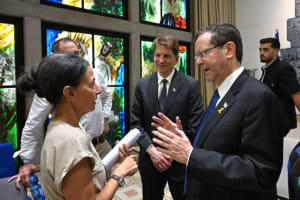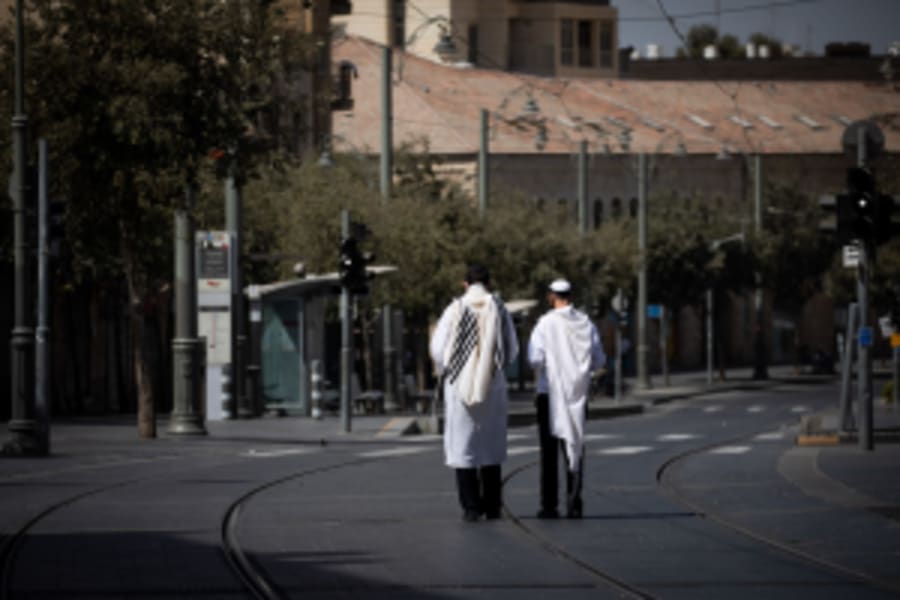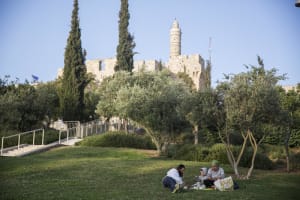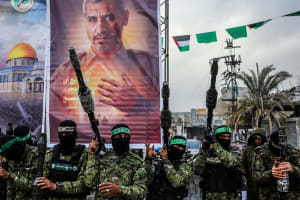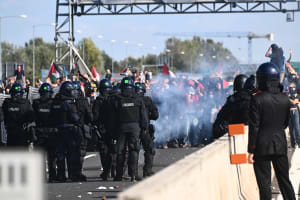Israeli researchers survive Iranian missile attack, unveil leukemia breakthrough

Israeli professors Liran Shlush and Amos Tanay from the Weizmann Institute survived an Iranian missile attack on the prominent academic institution close to Tel Aviv during the recent war between Israel and Iran.
Following the Iranian missile strike that destroyed the institute’s research building, the two scientists revealed a breakthrough in leukemia research. Shlush and Tanay unveiled a blood test that reveals early signs of leukemia and tracks blood aging.
The groundbreaking research is expected to advance cancer diagnostics and paves the path toward a painless, cost-efficient and data-driven alternative to the current bone marrow biopsies method.
While the Iranian missile destroyed sensitive data and precious samples, the professors’ research survived for the benefit of humanity.
“My lab was in the building that took the hit,” prof. Shlush recalled.
“Luckily, the lab itself wasn’t too badly damaged, but the building was deemed unfit for use for a long time. When we found out the power had gone out, we knew we had to act fast. The clinical samples – ours and others' – were stored in freezers that were at risk of shutting down,” he continued.
The professor explained that stem cells change over time.
“As part of the aging process, stem cells – the ones capable of generating all blood cells – undergo genetic changes and mutations.”
“With time, these cells accumulate mutations and begin to dominate the blood system. They stop differentiating properly, produce only themselves, and suppress the production of healthy cells. Eventually, this can lead to deadly diseases like blood cancers,” he continued.
Shlush explained that prior to their research breakthrough, discovering damaged cells required painful bone marrow biopsy.
“It's a very painful test performed under sedation or local anesthesia, where a needle drills into the bone to extract a sample,” he assessed. “Beyond the discomfort, it's expensive, complicated, and requires high-level expertise – and sometimes it doesn't even produce a definitive result. In some cases, physicians can’t agree on whether a cell is healthy or not."
They explained that replacing the complex biopsy with a straightforward blood test is a game changer.
Their research specifically focuses on myelodysplastic syndrome (MDS), a life-threatening condition among especially elderly individuals where stem cells are unable to mature into new functional blood cells. If left untreated, the condition leads to aggressive blood cancers among aging adults.
Shlush believes that their research is also relevant for detecting other diseases: “In this particular paper, we focused on MDS, but the process we’re describing occurs in many diseases. The test we developed can diagnose a wide range of blood conditions, because they all begin with those same stem cells evolving into something harmful."
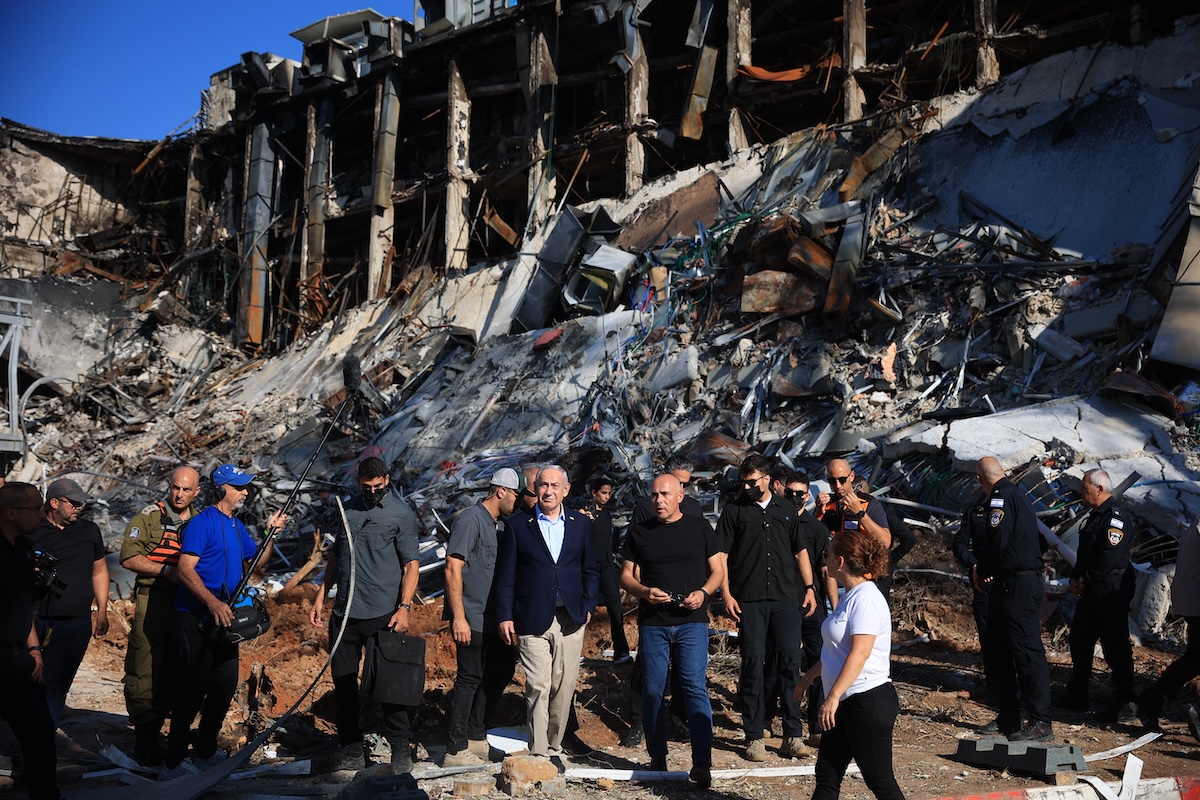
The professor further explained the complex challenge in capturing rare stem cells.
“We had to capture very few rare cells – one in a million,” Shlush assessed.
“In each milliliter of blood, only a handful exist. We had to isolate them, characterize them, and determine whether they were healthy or diseased using dozens of parameters and methods that can handle extremely small quantities of cells."
Their research could explain why blood cancers are more common among men than among women.
“As part of the aging process, we lose certain types of blood cells earlier in men than in women,” Shlush explained. "Men’s blood ages faster, and that may explain why men have a higher incidence of blood cancers. We think this explains part of the gap.”
Looking ahead, Shlush predicts that researchers could one day potentially reverse certain age mechanisms.
“We can now read the aging mechanisms of the blood system at unprecedented depth. If we understand them better, we may one day be able to halt them.”
The professor concluded optimistically that their leukemia research would continue advancing despite the Iranian missile attack.
“Re-recruiting participants and recollecting samples would’ve been nearly impossible. We all knew – we had to save what we had. People came from every corner of the department to help. It was extraordinarily moving. Amid the wreckage and ash, we managed to salvage entire lifetimes of scientific work. And now, even with all the hardship, we’re reorganizing – and we’ll come back stronger. This is just a small delay. We’re not stopping.”

The All Israel News Staff is a team of journalists in Israel.
You might also like to read this:



